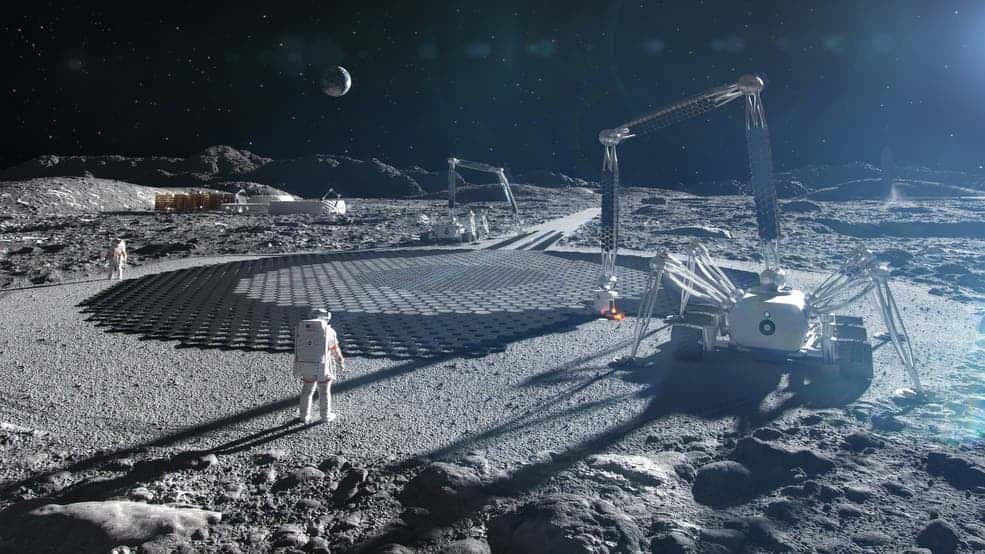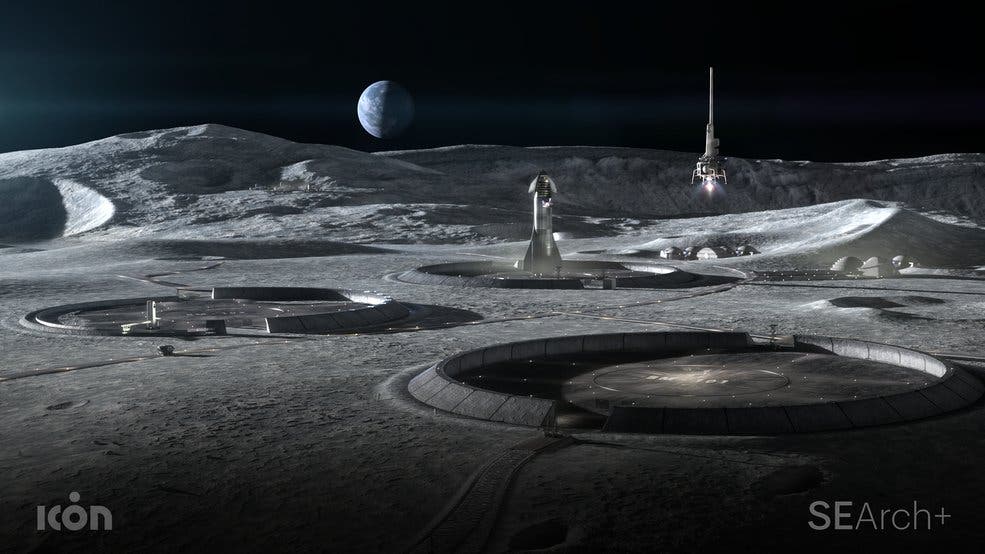
With its Artemis missions, NASA wants to open up a new age of moon missions where we don’t just send astronauts to the moon but also establish a base of operations on the moon, an extraterrestrial outpost — the first one on a body outside of Earth.
In order to do that, NASA first needs to start building things, and building things on the moon is vastly different from building them on Earth.
In line with its other recent projects, NASA doesn’t want to do everything itself, so it’s increasingly partnering up with commercial ventures that can aid the agency and enable it to carry out the projects efficiently.
“In order to explore other worlds, we need innovative new technologies adapted to those environments and our exploration needs,” said Niki Werkheiser, director of technology maturation in NASA’s Space Technology Mission Directorate (STMD). “Pushing this development forward with our commercial partners will create the capabilities we need for future missions.”
Astroport Space Technologies, a spinoff from the University of South Australia, is such a company. The company was founded in 2020 with its bread and butter activity being the use of lunar soil (regolith) for constructions. Their patent-pending regolith solidification technology uses 3D printing to build things. In 2021, NASA awarded the company a grant to develop a way to build landing pads on the moon. Now, NASA wants even more.
They’ve partnered with ICON, another innovative company that aims to support planned exploration of the moon. ICON’s technology uses materials from the moon (and beyond), mixing them with various compounds to make them sturdier and reliable. For instance, by mixing regolith with titanium, they obtain a mixture that’s light, durable, and perfect for 3D-printing. They’ve also 3D printed a 1,700-square-foot simulated Martian habitat.

Now, ICON will work with lunar regolith samples brought from the Apollo missions in a gravity simulator to see how the material behaves in lunar gravity. The information will then be used to figure out the best ways to build infrastructure like pads and roads, establishing the critical infrastructure for a lunar base — and potentially, for long-term lunar habitation.
The company is known for building the first habitable 3D printed house in the US, but doing similar things on the moon will be much more challenging.
“To change the space exploration paradigm from ‘there and back again’ to ‘there to stay’, we’re going to need robust, resilient, and broadly capable systems that can use the local resources of the moon and other planetary bodies. We’re pleased that our research and engineering to-date has demonstrated that such systems are indeed possible, and we look forward to now making that possibility a reality,” said Jason Ballard, ICON co-founder and CEO. “The final deliverable of this contract will be humanity’s first construction on another world, and that is going to be a pretty special achievement.”
Ultimately, if NASA wants its Artemis programs to be successful, it needs much more than just rockets and hi-tech concepts — it needs robust, efficient infrastructure. This infrastructure must provide protection from both freezing temperatures and deadly radiation, while also being secure from the impact of micrometeorites. Astronomers and engineers manning the base will need to “live off the land” and only rely on materials from Earth from time to time.
It won’t be easy, but if we want to truly become a spacefaring civilization, this is what we need to do.
For now, we’re just getting started.









